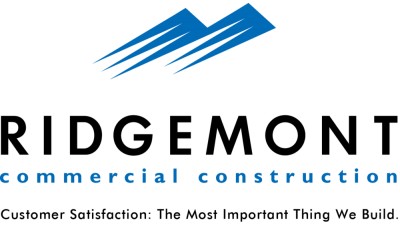Developers Are Rethinking Their Parking. Here’s Why.

The future of traditional parking garages and lots is uncertain. Cities have become more walkable and bike-friendly while continuing to invest in faster, more reliable public transit infrastructure. Bike-share, ride-share and car-share companies have exponentially grown their user bases in the few years since their introduction.
Autonomous vehicles represent the newest and potentially the most disruptive threat to conventional parking. Just as Uber and Lyft’s explosive success endangered the New York City taxicab, the prospect of autonomous vehicles dominating roadways and revolutionizing the way Americans commute has developers and architects rethinking their parking structures.
Shared autonomous vehicles could have little need for parking during the day, due to minimal rest time between passengers. They could park in a lot on the outskirts of a city, where land value is lower, at night or when not in use. Many developers see it as increasingly important to design for a future in which fewer parking spaces, and more passenger loading/unloading zones, are needed.

They are hedging against this future scenario by adapting new construction to be easily repurposed, with low demolition cost and low potential for disruption to the rest of the property.
“Ever increasing land scarcity and cost in urban and suburban areas alike are driving consumers to go vertical with structured parking vs. the low-rise sprawl with surface parking that newly developing areas have traditionally consumed,” Ridgemont Commercial Construction Director of Office and Industrial Services Damon Norman said.
Flat floor plates are favored for their ability to serve as the structure in the parking garages’ next life, as sloped floors are unsuitable for most mixed-use. The amount of space between levels is another consideration, as most multifamily needs 11 feet between floors, and retail could take up to 15 feet.

“Although upfront costs can seem prohibitive, future flexibility as our transportation habits change can prove to be a game-changer for future upgrades and maximum use of land in already cramped environments,” Norman said.
How quickly and dramatically underutilized parking space will free up to be repurposed depends on a number of factors. These include the rate of adoption; the price of the technology; the ownership model, private or public; and the average occupancy, single or multiple passengers.
Less need for surface-level parking and garages would allow the land to be used for more aesthetically pleasing, higher-revenue-generating mixed-use assets.

As planners and developers prepare for this shift, they are constrained by the immediate need for parking. Many cities, which dictate parking regulations, have not lowered the space minimums in anticipation of autonomous vehicle technology.
Automated parking systems use less square footage per space compared to conventional concrete garages, are less expensive to install and are more readily disassembled for other uses should parking demand diminish.
“Reinvestment in urban areas and intercity growth toward residential and retail development may prompt these types of facilities, along with increased dependence on public transportation, Uber-type services and more pedestrian movement,” Norman said.

Countries like Germany, Japan and China have invested in automated parking. The U.S., due to its relative abundance of land, has been slower to adopt this technology.
“I don’t see it happening in Texas with the same intensity,” Norman said. “Our suburban sprawl of residential developments and available space, along with Texans' love for their cars and trucks, will prompt changes in attitudes and habits slower here than many other areas of the country.”
According to Gensler co-CEO Andy Cohen, car ownership will peak in 2020 and begin to quickly decline thereafter. Automated parking could be more prevalent in the near future, as Cohen predicts more Americans will depend on ride-sharing than privately owned vehicles as soon as 2025. Many garages will become obsolete.
To learn more about this Bisnow content sponsor, click here.

